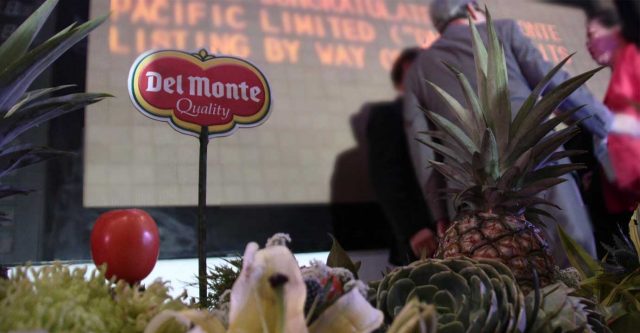Telcos watching developments as Senate OK’s full foreign entry
By Arjay L. Balinbin, Senior Reporter
The Philippines’ major telecommunications companies on Thursday said they are monitoring developments following the Senate’s approval of a bill allowing 100% foreign ownership in public services, including telecommunications.
The proposed legislation seeks to amend the 85-year-old Commonwealth Act No. 146, commonly referred to as the Public Service Act (PSA), to ease restrictions on foreign investment in public services such as telecommunica-tions, air carriers, domestic shipping, railways, and subways.
“We are closely watching the development and the opportunities and challenges that could result from its passage,” PLDT Inc. and Smart Communications, Inc. President and Chief Executive Officer Alfredo S. Panlilio said in a statement sent to reporters, when asked to comment on the matter.
“But there is no desire to increase foreign equity in PLDT at present; so, in that sense, PLDT is neutral on this issue,” he added.
For its part, Globe Telecom, Inc. said the proposed legislation will “benefit more future telcos.”
“We hope that Congress will enact more laws that will make Bayanihan II permanent and strengthen it further,” Globe General Legal Counsel Froilan Vicente M. Castelo said in a statement.
He was referring to Republic Act No. 11494 or the Bayanihan to Recover As One Act (Bayanihan II), an economic stimulus program that also granted the government the power to simplify the permit process for building cell tow-ers.
“Also, we need more laws for less taxes and permit fees on telcos so that we can offer less expensive telecom and broadband services,” Mr. Castelo added.
Both Globe and PLDT are within the 40% foreign ownership limit based on their latest public ownership reports.
PLDT said its foreign ownership level was 22.19% of the 366,055,775 total outstanding shares of voting common and preferred stocks as of Sept. 30.
Globe said its foreign ownership level on all voting shares (total of common and voting preferred shares) was 26.62% as of the third quarter of the year.
PLDT shares on Thursday closed 5.11% higher at P1,810 apiece. At the same time, Globe shares went up 8.89% to close at P3,600 apiece.
Senator Mary Grace Natividad S. Poe-Llamanzares, primary author and sponsor of the bill, said in a statement on Wednesday that the proposed measure includes safeguards to protect national security, such as prohibiting foreign state-owned enterprises from owning capital in any public service classified as critical infrastructure.
Foreign investments will also be reviewed by the National Security Council.
Senator Ana Theresia N. Hontiveros-Baraquel, who voted against the bill, said that she was “saddened” that many critical services, such as telecommunications, were opened up to 100% foreign ownership when foreign participa-tion could have been limited to 70%.
Foreign business groups said the measure “will create jobs, improve technology, modernize and lower the prices of services to the benefit of Filipino consumers.”
Hastings Holdings, Inc., a unit of PLDT Beneficial Trust Fund subsidiary MediaQuest Holdings, Inc., has a stake in BusinessWorld through the Philippine Star Group, which it controls.












